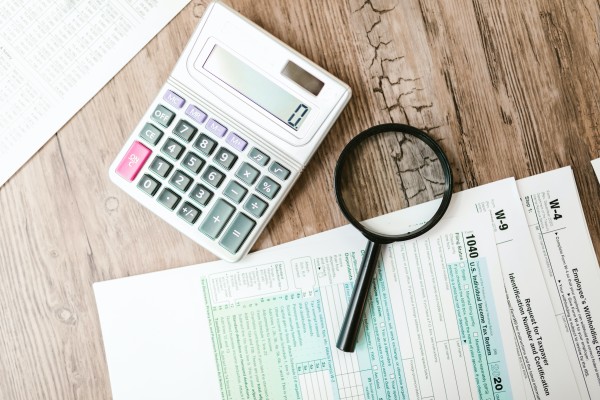

Government tax breaks for savings and investments have decreased by an average of 6 per cent in the past decade, according to new research.
Quilter analysed eight main UK tax allowances over the past 10 years, six of which have been either frozen or decreased.
This includes the pensions annual allowance, which is the limit on how much money you can save in your pension in a tax year while benefiting from tax relief, has shrunk by 20 per cent, while the equivalent lifetime allowance has dropped by 28 per cent.
Pensions savers have also been hampered by a 60 per cent reduction in the money purchase annual allowance, Quilter added.
The nil rate band for inheritance tax, above which tax is payable, has remained frozen since 2009. This is despite house prices soaring by 9.6 per cent in the year to January 2022.
Tax allowances analysed by Quilter
Tax allowance/threshold | Level in 2012/13 tax year | Level in 2022/23 tax year | Percentage increase/decrease |
Personal allowance | £7,475 | £12,570 | +68% |
Dividend allowance | £5,0001 | £2,000 | -60% |
Lifetime allowance | £1,500,000 | £1,073,100 | -28% |
Annual Allowance | £50,000 | £40,000 | -20% |
Money Purchase Annual Allowance | £10,0002 | £4,000 | -60% |
Individual Capital Gains Tax threshold | £8,105 | £12,300 | +52% |
Inheritance tax nil rate band threshold | £325,000 | £325,000 | +/-0% |
Inheritance tax annual exemption | £3,000 | £3,000 | +/-0% |
Average |
|
| -6% |
N.B. Dividend allowance was introduced in the 2016/17 tax year, and money Purchase Annual Allowance was introduced in the 2015/16 tax year. Source: Quilter
Quilter noted the ‘fiscal drag’ effect highlighted by the Office of Budget Responsibility, which pulls more owners of modest homes into the net of IHT.
This fiscal drag will increase government revenue from IHT receipts by 63 per cent to £8.3bn by 2026-27 compared with the 2019-20 tax year.
IHT receipts and future forecast
IHT Outturn (£bn) | IHT Forecast (£bn) | ||||||
2019/20 | 2020/21 | 2021/22 | 2022/23 | 2023/24 | 2024/25 | 2025/26 | 2026/27 |
5.1 | 5.4 | 6.1 | 6.7 | 6.9 | 7.3 | 7.8 | 8.3 |
Source: Office of Budget Responsibility, March 2022
Shaun Moore, tax and financial planning expert at Quilter, said the various tax allowances and thresholds were great ways to incentivise people to save for their future, but many of these have already taken huge hits and face a big freeze in the years to come.
“In the spring statement the chancellor was clear with his intentions to balance the books to help pay for the pandemic response, so despite the reductions you could argue that these allowances and thresholds are not going to be as good for a long time to come,” he said.
Moore added that it will be vital for individuals to utilise their tax allowances as much as they can this coming tax-year and take advantage of the situation today.
“It is also worth remembering that many of these allowances have failed to keep up with inflation, which has risen by 26 per cent over the decade and continues to rachet up each month, effectively decreasing the allowances in real terms over time.”
Putting cash to work in a pension could help to beat inflation through investment growth and tax relief, he said, while gifting to a family member now could make a real difference to them against the backdrop of the cost-of-living crisis and may help to reduce your IHT liability.
“The new tax-year presents no better time to plan for efficient use of allowances for the tax-year ahead. If you are unsure about where to start, a financial adviser can help you identify how to make better use of the tax allowances available to you.”
In his Spring Statement, the chancellor of the exchequer announced plans to cut the base rate of income tax and raise the national insurance contributions threshold.
But despite these the Office for Budget Responsibility has said the tax burden will increase to 36.3 per cent of GDP in 2026-27 - compared to 33 per cent in 2019-20 when Rishi Sunak became chancellor of the exchequer.
sally.hickey@ft.com



